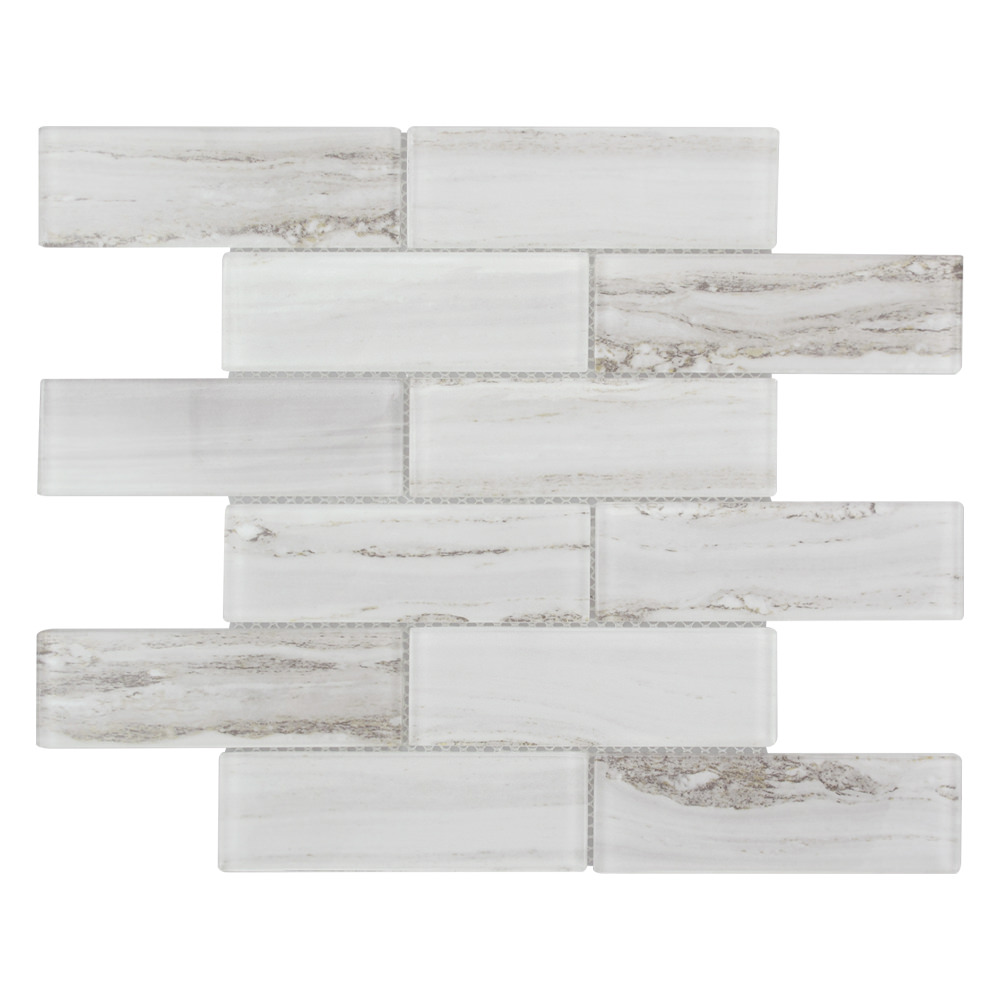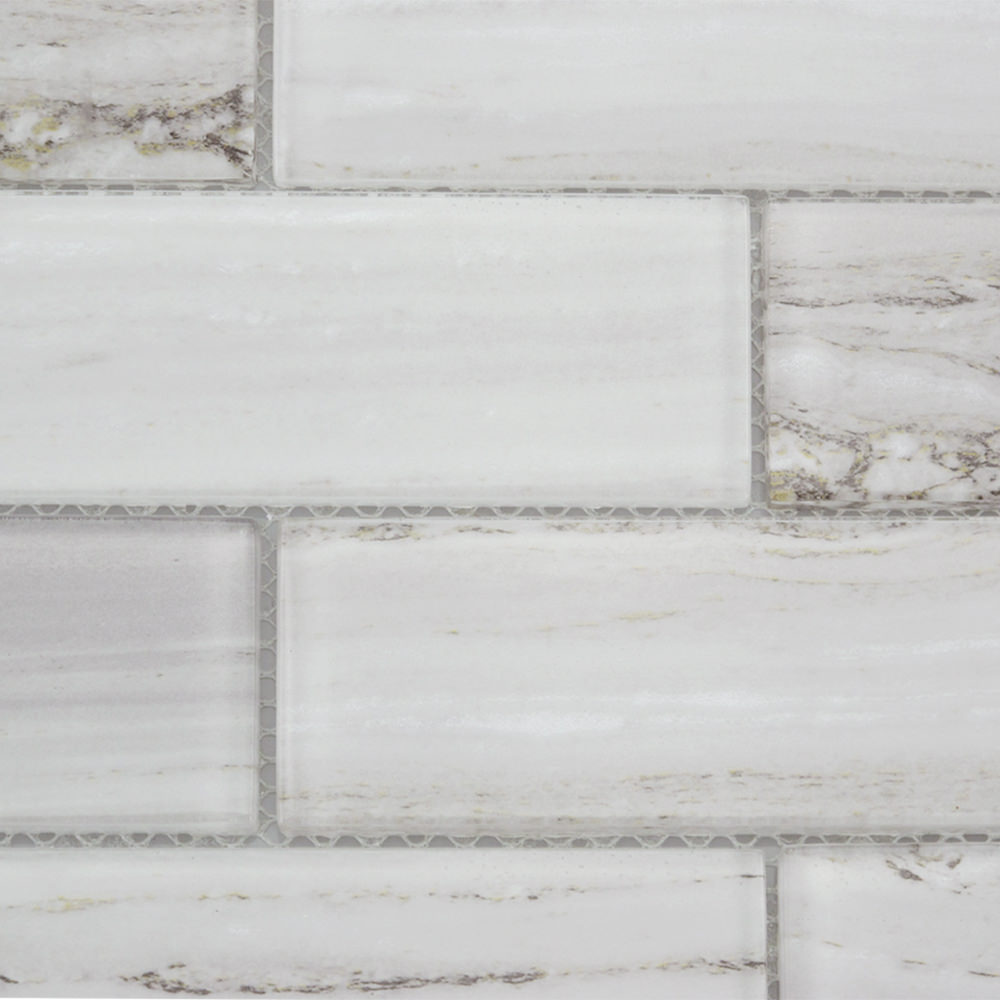Who invented mosaic art? A Complete Historical guide
2022.02.17 / By hqt
Who invented mosaic art? Mosaic is a decorative art that consists of creating geometric or abstract figures with small fragments of materials. This technique is applied to flat surfaces such as floors, walls and paintings, as well as sculptures. Moreover, from the Greek, the term mosaic (mouseîn) refers to the muses.

A curiosity is that, as they are very durable, the mosaics are also called paintings for eternity.
Want to find out more about this technique that has been around for centuries? In today's post, we'll show you the origin of the mosaic, how to create a piece and 20 inspiring examples. Follow up!
What is Mosaic?
Who invented mosaic art? Mosaic is a decorative art that consists of creating geometric or abstract figures with small fragments of materials. This technique is applied to flat surfaces such as floors, walls and paintings, as well as sculptures. From the Greek, the term mosaic (mouseîn) refers to the muses.
What is the origin of the Mosaic?
Mosaic is a word of Greek origin, mousaikón, and means “work of the muses”.
Mosaics are found mainly in Italy, Egypt, Macedonia – now occupied by the territories of Greece, Yugoslavia and Bulgaria –, China and other countries.
The oldest record of a mosaic is from 3500 BC in the city of Ur in the Mesopotamian region.
It is the Standard of Ur, a wooden box with panels on all four sides and a mosaic made of reddish sandstone, lapis lazuli and other precious materials.
The mosaic depicts everyday scenes from Mesopotamian society
It is worth remembering that, in the West, probably the Mayans and Aztecs already knew the Mosaic technique before that and, for this reason, and there are controversies about its emergence.
But the mosaic only began to gain prominence in the Greco-Roman world, specifically in the decoration of floors and walls.
The Greeks common to create floors with pieces of white or colored marble, lay with a compact and resistant mass.
Who invented mosaic art?

Already the Romans, from the 1st century BC, began to use the mosaic technique also in murals, fountains and even transportable panels.
But, after all, when did the art of mosaic become consolidated in the world? This rise took place in the Byzantine Empire, which emerged in the 4th century and lasted until the 15th century.
Unlike Greek and Roman mosaics, which depicted every day, war, mythological, and landscape scenes, Byzantine mosaic art was strictly religious.
Mosaic art is seen in Byzantine works depicting holy figures such as Christ, the Virgin, saints and martyrs.
Who invented mosaic art? In addition, the regime of the period was theocratic, that is, the emperor had full administrative and spiritual powers over the population.
For this reason, it is not uncommon to find mosaics in Byzantine art and architecture where he appears, together with his wife, surrounding the Virgin Mary and the Child Jesus.
Here are some examples of mosaic art in Byzantine architecture:
During the modern period, the mosaic was losing strength to other artistic expressions such as painting and sculpture.
In the Middle Ages, like other artistic manifestations, the mosaic went into decline.
Already in the Renaissance he reappeared, but he needed to incorporate the realistic style of representations to try to create images closer to the real.
A famous example is the Mosaic in St. Mark's Basilica in Florence.
As this result was very difficult and expensive to achieve, mosaic became a less popular technique for many years.
But several artists over the last few centuries have applied mosaic in their work. Among them, we can mention Cândido Portinari and Tomie Ohtake.
What are the main features of Mosaic?
Also known as musive art, mosaic consists of placing tesserae on any surface.
These are small square or cubic fragments of the material chosen for the work.
See the materials common in the creation of mosaics:
- stones
- tiles
- glass tablets
- shells
- papers
- buttons
- plastics
- Moreover, hides
- Food Grains
Who invented mosaic art? The placement of the tesserae forms a design or some artistic representation. They are glued with mortar and can be applied to surfaces such as walls, floors, murals, paintings and even sidewalks.
How to make Mosaic?
- Select the material that will be common in the mosaic
- Choose a base (picture, table, vase, wall, floor, among others)
- Draw the mosaic on the chosen surface
- Use a hammer or other tool to cut the material, forming tesserae
- Moreover, mix the mortar following the manufacturer's recommendation
- Pass a first layer of mortar on the surface and place the tesserae leaving a small space between them
- Similarly, apply the second layer of mortar over the tiles, filling in the creases on the tiles
- Let it dry and clean the mosaic with a clean sponge and warm water.
- Furthermore, seal the mosaic with varnish
How to make mosaic? Step by step
Now that you know the history of mosaic art, here are 20 examples that look amazing in decoration:
Mosaic history
Who invented mosaic art? Musive Art, as it is called, dates back centuries and probably emerged with the Mesopotamians in the year 3000 BC. In the West, the Mayans and Aztecs already knew about the mosaic, so there are controversies about its emergence.
The “Standard of Ur” (produced around 3500 BC) is the oldest mosaic found to date, belonging to the region where the ancient Mesopotamians (Sumerians) lived.
In addition to them, the Byzantines, Egyptians, Persians, Greeks and Romans adorned temples, churches, sarcophagi, sidewalks and public spaces with this art.
Byzantine churches are one of the greatest examples of mosaics in antiquity, which was copied by later civilizations.
Byzantine mosaics had a symmetrical and monumental character, and they were responsible for disseminating this art, as well as its techniques.
Mosaic technique
Who invented mosaic art? Currently, the small pieces that form a design come on a cement base (mortar) and can adorn floors, walls and many types of surface.
In addition to the cement base to adhere the pieces, a joint is later common to give the final finish.
Note that many ancient people’s common surfaces such as wood, ceramics and leather and a type of plant resin to glue the pieces together.

